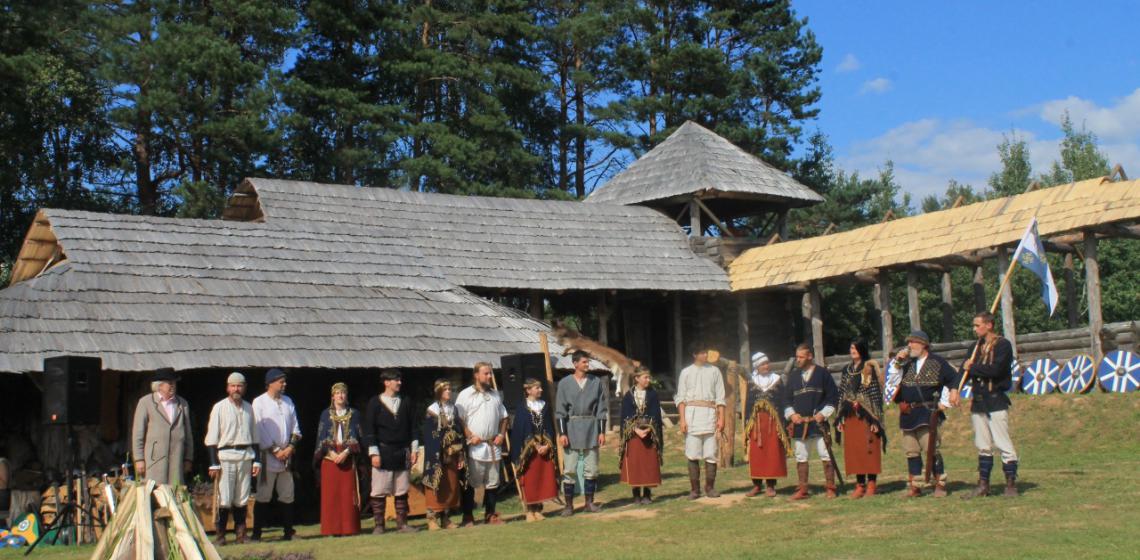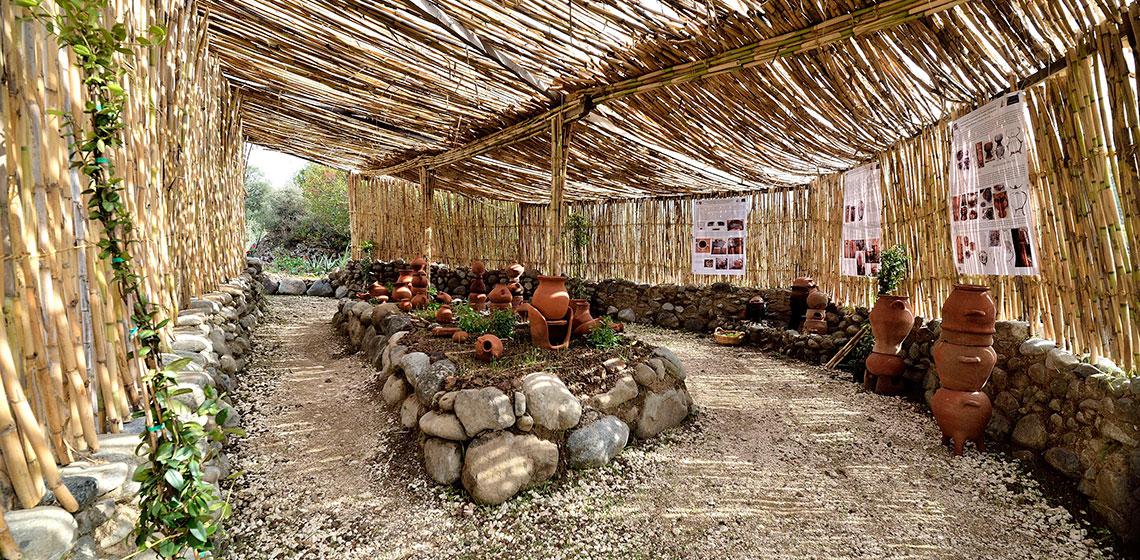Plantage Bakkie (SR)
Plantage Reynsdorp (Bakkie) is a former coffee plantation (1744) with old locks and buildings. The plantation was divided around 1900 under old, mainly Javanese, contracts. Bakkie is the last inhabited plantation on the right bank of the Commewijne River.
The Bakkie Museum has one of the most unique collections in Suriname with many original books, prints and objects, like the original journals of J.G. Stedman 1799, the picture book of Benoit 1823, a Blaeu map of 1630, payments for abolition of slavery in 1863, a branding iron, crooked buoy, a West Indian Company (WIC) chocolate mold, a referral from Dr. Sophie Redmond and a coloured picture by Maria Sibylla Merian 1719. The garden at Bakkie is particularly special.









